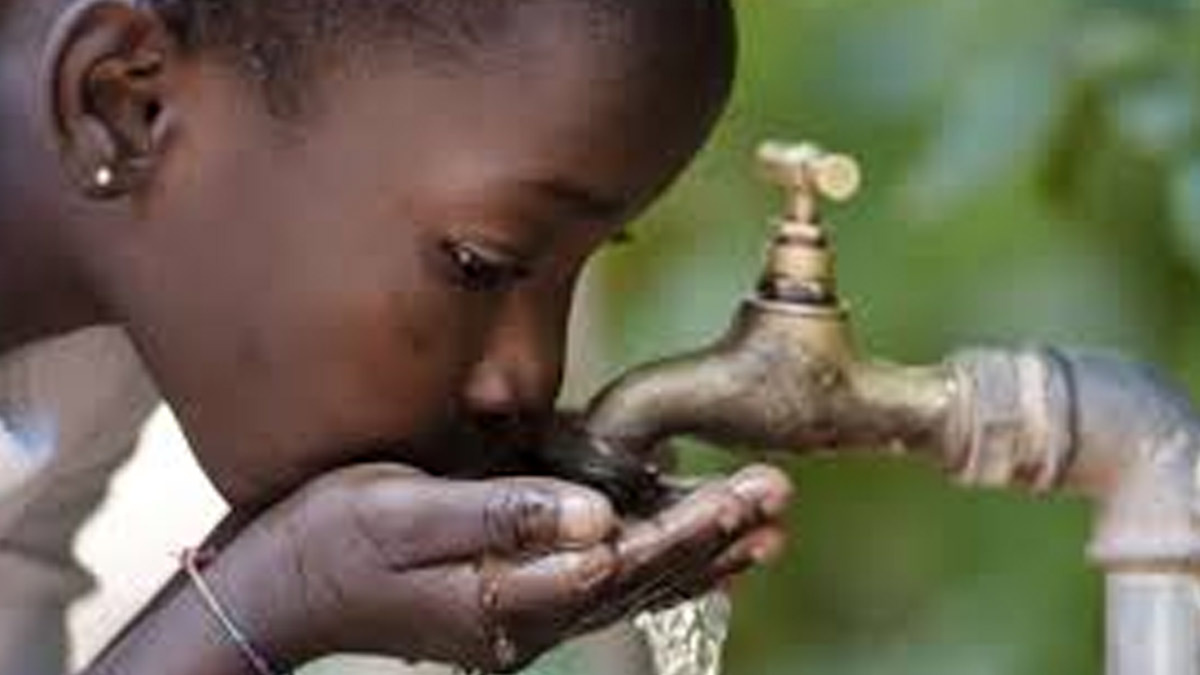
Southern Africa is currently in the throes of one of the most devastating cholera outbreaks witnessed in recent times. At the epicentre of this crisis lie Zambia, Zimbabwe, and Malawi, where the repercussions have been nothing short of catastrophic for thousands of individuals. Here, we delve into the intricate details of this dire situation, encompassing its origins, manifestations, and the crucial measures needed to combat its spread effectively.
Table of Content:-
Zambia: The Heart of the Epidemic
Zambia finds itself engulfed in the grips of its most severe cholera outbreak on record. Since the onset of seasonal rains in October 2023, the nation has been ravaged by over 740 deaths attributed to cholera. What further exacerbates this dire scenario is Zambia's status as one of the world's poorest countries, where the mortality rate surpasses an alarming 3%.

Decoding Cholera: A Deadly Bacterial Affliction
Cholera, a bacterial disease caused by Vibrio cholerae, primarily spreads through contaminated water sources. It inflicts severe diarrheal episodes and dehydration, often leading to rapid fatality, even among individuals previously considered healthy. While industrialized nations have largely succeeded in curbing cholera through advanced sewage and water treatment facilities, regions such as Africa, Southeast Asia, and Haiti continue to grapple with its persistent menace.
Also Read: Nigeria Rolls Out World's First Full Shot Against Meningitis: Everything To Know About The Condition
Symptoms and Complications: Unveiling the Ravages of Cholera
as per Dr Manish Itolikar, Consultant Physician, Fortis Hospital, Mulund, the clinical manifestations of cholera encompass a spectrum of debilitating symptoms, including the abrupt onset of profuse, watery diarrhoea, often characterized by a pale, milky appearance, accompanied by bouts of nausea, vomiting, and progressive dehydration. Severe dehydration can manifest through various alarming signs, such as irritability, fatigue, sunken eyes, and plummeting blood pressure, leading to life-threatening complications like electrolyte imbalances, muscle cramps, shock, and renal failure.
Also Read: Whooping Cough Cases Surge In China: Know The Signs And Symptoms Of The Condition
Unearthing the Roots and Risk Factors
Cholera finds fertile breeding grounds in contaminated water reservoirs, seafood, raw produce, and grains. Poor sanitation, overcrowded living conditions, and the aftermath of natural disasters serve as catalysts for its rampant propagation. Certain predisposing factors, including diminished gastric acidity, blood type O, and close household contact with infected individuals, heighten susceptibility to the disease.
Preventive Paradigms and Vaccination Strategies
Preventing cholera necessitates the adoption of stringent hygiene practices, including meticulous hand hygiene with soap and water, consumption of potable water and thoroughly cooked food, and abstaining from raw or improperly prepared seafood. Vaccination, exemplified by Vaxchora, offers an additional layer of defence for travellers venturing into cholera-endemic regions. However, it is imperative to underscore that strict adherence to preventive protocols remains paramount, even in the presence of vaccination.
Conclusive Reflections: Charting a Course Forward
The cholera crisis ravaging Southern Africa underscores the pressing need for concerted action in bolstering sanitation infrastructure, enhancing healthcare accessibility, and fostering public awareness initiatives. As the death toll continues its relentless ascent, prompt intervention becomes indispensable in curbing the contagion's spread and ameliorating its deleterious impact on vulnerable populations. Only through collaborative endeavours can we aspire to stem the tide of cholera and forestall the spectre of future outbreaks from exacting an even greater toll on human lives.
Also watch this video
How we keep this article up to date:
We work with experts and keep a close eye on the latest in health and wellness. Whenever there is a new research or helpful information, we update our articles with accurate and useful advice.
Current Version